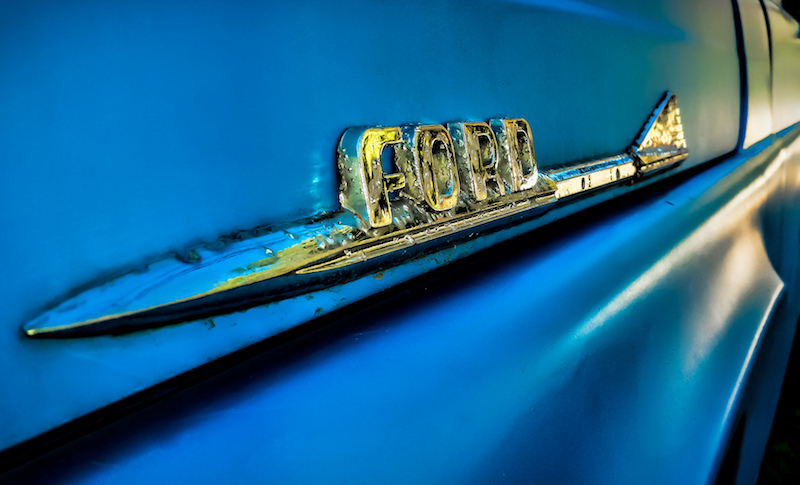Spring is in the air—the temperatures are climbing, the days are getting longer, and the flowers are in bloom. That also means there's an overload of pollen in the air, which, for some of us, also means a runny nose, watery eyes, and generalized misery. It also means a dusting of pollen on your vehicle. How can you protect your car against springtime?

Source | Getty Images
Outside Your Car
If you were to look at pollen under a microscope, you'd see that those powdery particulates are actually spiky and jagged. Those little spikes help pollen particles attach to fabric or leaves or anything that can hold them—think of how a field cocklebur sticks to your pants or socks, except at a microscopic scale.
In addition, pollen dust is acidic and is sticky by nature since that's how it propagates. Acidic materials like tree sap or pollen can quickly damage paint. Put the two together, and you have a real challenge for your car's finish—and like bird droppings or road tar, the longer you let pollen sit on the paint, the harder it's going to be to deal with.
The spiky surfaces of these tiny particles can be enough to cause swirls and minute spiderweb-like hairline scratches in your car's finish. With that being the case, the one thing you really do not want to do is wipe pollen off your car while it's dry. That's a surefire way to leave those scratches on the paint.
Instead, you should just wash your car frequently. You can run your car through a touchless automated car wash or hand-wash it with a mitt, using a car-wash solution that's mild enough not to damage the wax. And speaking of wax, that might be the single most important thing you can do when the pollen's thick in the air. A well waxed vehicle that beads up water will also discourage pollen from settling and sticking to the finish. In fact, you may want to apply a couple of coats of wax just for a little added protection.
A coat of wax, of course, is also your car's best defense against splattered bugs, bird droppings, road tar, and other gunk that might otherwise damage the finish. It's also a good idea to park in a garage if possible and avoid parking under trees (to do so can leave your car vulnerable to sap and leaves).
Inside Your Car
So you've waxed your car and resolved to wash it frequently—but don't stop there. Pollen can also make its way into your car's engine, and even if the particles are no bigger than a couple of microns in size, that can be enough to do some real damage in your fuel system.
Of course, your air filter will trap these particles before they can get ingested into the engine. But an abundance of pollen in the air can clog the air filter to a point where it's obstructing air flow, which can affect your engine's performance. Fortunately, air filters are cheap and as simple to change as just popping open the filter box and replacing the filter. If you can't remember the last time you changed your air filter (the service interval should be about every 10-12,000 miles, except for severe-duty situations), spring might be a good time to do it.
Pollen doesn't just affect your engine, though. Your car has a cabin air filter that's mounted behind the glove box and preserves air quality inside the vehicle. If you haven't changed the cabin air filter, you might want to do that as well. It's also a good idea to keep the windows up and use the recirculate setting on your car's AC so as to limit the amount of pollen-saturated outside air that enters the vehicle.
If you're someone who's afflicted by seasonal allergies, there's only so much you can do to get some relief. Luckily, there are more foolproof options for your car.








